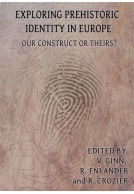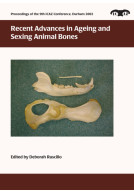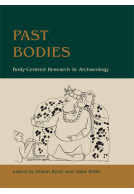Urban Landscape Survey in Italy and the Mediterranean (Hardback)
Imprint: Oxbow Books
Pages: 288
Illustrations: 115 b/w illus, 45 colour illus, 8 tables,
ISBN: 9781842174869
Published: 30th June 2012
Script Academic & Professional
Pages: 288
Illustrations: 115 b/w illus, 45 colour illus, 8 tables,
ISBN: 9781842174869
Published: 30th June 2012
Script Academic & Professional
You'll be £55.00 closer to your next £10.00 credit when you purchase Urban Landscape Survey in Italy and the Mediterranean. What's this?
+£4.99 UK Delivery or free UK delivery if order is over £40
(click here for international delivery rates)
Need a currency converter? Check XE.com for live rates
(click here for international delivery rates)
Need a currency converter? Check XE.com for live rates
Field survey has been making a major contribution to our understanding of the rural landscapes of the Mediterranean for nearly forty years. During that time the techniques used to map ancient settlement patterns have grown in sophistication from being a process of simply identifying sites in the landscape, to one which provided nuanced understandings of their layouts, chronologies and contexts. This has led to a revolution in how archaeologists approach urban sites, with survey techniques being used increasingly often to generate a plan of a town site prior to excavation as a way of ensuring that the excavation can be used to address site-specific questions in a way that had not been possible before. Most recently, research has begun to reveal the advantages of integrating a range of different non-destructive techniques on urban sites. In combination with exciting new computer-based means of data visualization, all of this work means that it is now possible to virtually reconstruct a buried town within a relatively short space of time, as opposed to the old and destructive excavation-centered approach that could take generations. Unsurprisingly these advances are starting to make a very important understanding to urbanism in general and the Roman Empire in particular. Urban Landscape Survey in Italy and the Mediterranean builds upon all these new developments and is one of the first publications to focus exclusively upon the contribution of survey techniques to our understanding of ancient towns. It addresses methodology led enquiry into the nature of urban settlements primarily in Italy, but also in Greece, Turkey, Croatia, Portugal and Spain. The twenty-two papers from leading specialists in the field focus on two underlying themes. The first deals with the characterization of urban sites and draws upon a wide range of case studies. These range from key protohistoric centres in central and south Italy, to towns that epitomise the contradictions of cultural change under Rome, such as Paestum, Aquinum and Sagalassos, to Roman centres such as Teano, Suasa and Ammaia. The second theme is inter-urban relationships, looking in particular at wider urbanized landscapes in Italy. The fascinating selection of recent and on-going projects presented here significantly moves the limits of our current knowledge about ancient towns.
Other titles in Oxbow Books...















